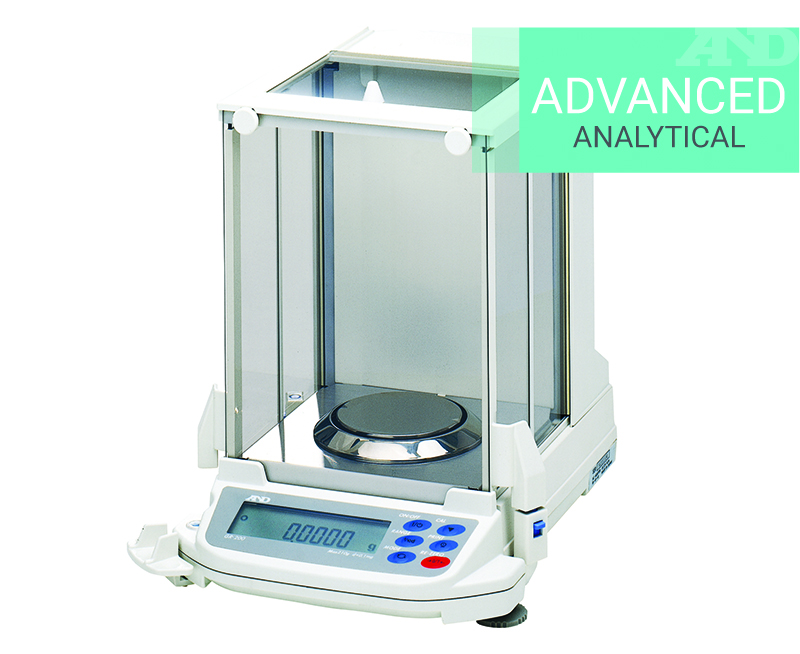In the realm of scientific measurements and precise weighing, electronic balances stand as crucial tools. These sophisticated instruments have revolutionized the way we measure mass, offering unparalleled accuracy and efficiency compared to traditional mechanical balances.
Understanding Electronic Balances
An electronic balance, also known as a digital balance or precision balance, is a device used to measure the mass of an object with high precision. Unlike mechanical balances that rely on springs and levers, electronic balances utilize electrical components and digital technology to provide accurate weight readings. The core components of an electronic balance typically include a weighing pan, load cell or strain gauge sensor, microcontroller, display unit, and power source.
How Electronic Balances Work
The functionality of electronic balances revolves around the principle of electromagnetic force compensation or strain gauge technology. In electromagnetic force compensation balances, the object placed on the weighing pan exerts a force that causes a displacement in an electromagnetic field. This displacement is then countered by applying an opposing electromagnetic force until equilibrium is achieved. The amount of opposing force required is directly proportional to the mass of the object, allowing the balance to calculate the weight accurately.
On the other hand, strain gauge electronic balances employ strain gauges—sensitive resistors that change resistance when subjected to mechanical strain. As the object is placed on the weighing pan, it deforms slightly, causing the strain gauges to experience strain and alter their resistance. This change in resistance is converted into an electrical signal, which is then processed by the microcontroller to determine the weight of the object.
Benefits of Electronic Balances
High Precision: Electronic balances offer significantly higher precision and accuracy compared to mechanical balances. They can measure weights down to a fraction of a gram or even milligram, making them ideal for applications requiring precise measurements such as scientific research, pharmaceuticals, and chemical analysis.
Quick and Efficient: Electronic balances provide rapid weight readings, saving time and improving productivity in laboratory settings. Their digital displays show results instantaneously, eliminating the need for manual reading and reducing human errors.
Multiple Weighing Units: Most electronic balances support various weighing units such as grams, kilograms, ounces, pounds, and carats, offering versatility for different measurement requirements without the need for manual conversions.
Taring Functionality: Taring allows users to reset the balance to zero after placing a container or vessel on the weighing pan. This feature enables the accurate measurement of only the substance inside the container, excluding the weight of the container itself.
Data Connectivity: Modern electronic balances often come equipped with connectivity options such as USB, Bluetooth, or Wi-Fi, allowing seamless data transfer to computers or other devices. This facilitates data logging, analysis, and integration with laboratory information management systems (LIMS).
Calibration and Self-Checking: Electronic balances can be calibrated regularly to maintain accuracy, and many models include self-checking mechanisms to detect and alert users to any potential malfunctions or deviations from calibrated values.
Compact and Space-Saving: Compared to bulky mechanical balances, electronic balances are typically compact and require less space, making them suitable for crowded laboratory environments or fieldwork.
Automation Compatibility: With advancements in automation and robotics, electronic balances can be integrated into automated workflows, enhancing efficiency and reducing manual intervention.
Also Read: Importance of a Weighing Scale In Different Industries
Applications of Electronic Balances
Electronic balances find extensive use across various industries and scientific disciplines:
Laboratories: Used for weighing chemicals, samples, and reagents in pharmaceutical, environmental, forensic, and academic laboratories.
Pharmaceuticals: Critical for dosage measurements, formulation development, quality control, and compliance with regulatory standards.
Food and Beverage: Employed for portion control, ingredient weighing, quality assurance, and nutritional analysis in food production and catering.
Jewelry and Gemology: Essential for precise measurement of gemstones, precious metals, and jewelry items based on carat weight.
Education: Integral to educational institutions for teaching basic principles of mass measurement and laboratory practices.
Industrial Manufacturing: Used in manufacturing processes for quality control, batch monitoring, and material handling.
Conclusion
Electronic balances represent a pinnacle of precision and efficiency in the realm of weighing instruments. Through their advanced technology, high accuracy, rapid measurements, and versatile functionality, they have become indispensable tools across diverse industries and scientific disciplines. As technology continues to evolve, electronic balances are poised to further enhance their capabilities, driving innovation and enabling groundbreaking research and applications.

